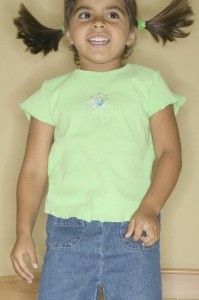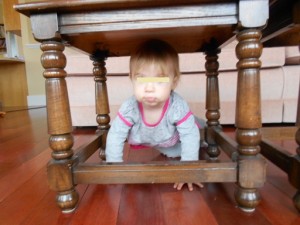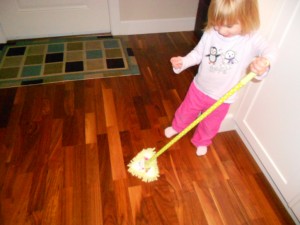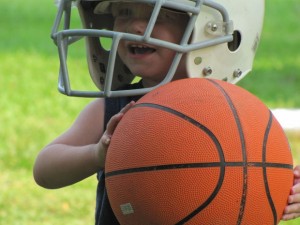 The Magic of Active Play
The Magic of Active Play
Abracadabra and Hocus Pocus might be magical words, and what words would be the opposite, especially to a child? I can think of two: Be still. The command to be still is not just unmagical, it’s practically torture. Did you know that kids need to move their bodies? That movement activities are required for brain development?
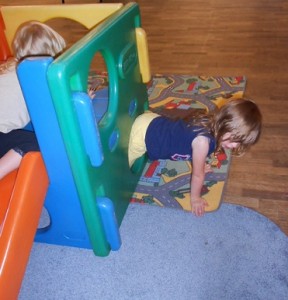 In addition to the 5 senses of touch, taste, hearing, sight, and smell, there are 2 more. These are the sense of movement and of the body’s position in space. The early movements of infants are pre-wiring the brain for such learning as language and math. It’s no wonder that kids move so much and that the words to “be still” are next to impossible.
In addition to the 5 senses of touch, taste, hearing, sight, and smell, there are 2 more. These are the sense of movement and of the body’s position in space. The early movements of infants are pre-wiring the brain for such learning as language and math. It’s no wonder that kids move so much and that the words to “be still” are next to impossible.
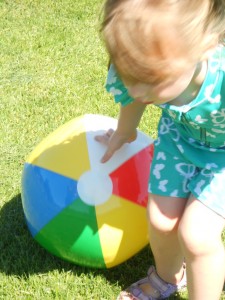 There are sane ways to encourage kids to move. Instead of racing around the whole place, a hallway is sometimes a less crowded area to jump, hop, swim, fly, crawl, and gallop. For some wiggle fun, pull out some chairs for crawling between the legs. Since the doctor said “No more monkeys jumping on the bed,” kids can jump up and down on a foamie on the floor. Put on some music and let your child dance. If an audience is required, recruit some stuffies and dolls.
There are sane ways to encourage kids to move. Instead of racing around the whole place, a hallway is sometimes a less crowded area to jump, hop, swim, fly, crawl, and gallop. For some wiggle fun, pull out some chairs for crawling between the legs. Since the doctor said “No more monkeys jumping on the bed,” kids can jump up and down on a foamie on the floor. Put on some music and let your child dance. If an audience is required, recruit some stuffies and dolls.
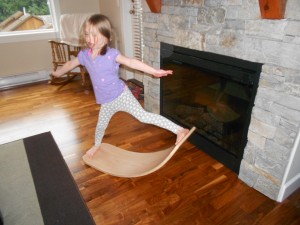 Backyards, playgrounds, and parks are wonderful spaces for climbing, sliding, reaching, balancing, and twisting. Sometimes communities will have time at gyms or other facilities for kids to run, play with balls, and balance along benches, as well as swim and skate.
Backyards, playgrounds, and parks are wonderful spaces for climbing, sliding, reaching, balancing, and twisting. Sometimes communities will have time at gyms or other facilities for kids to run, play with balls, and balance along benches, as well as swim and skate.
Finding ways that kids can move and be active may not seem to be necessary, After all don’t they move enough already? But whole body play has a magical influence on brain development and early learning. Having an opportunity to run and be active is like a dream come true for a child. Is this part of the magic of childhood for your kids?

